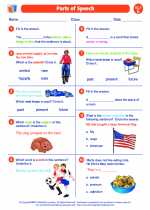Parts of Speech Study Guide
In English grammar, words are categorized into different parts of speech based on their function and usage within a sentence. Understanding the parts of speech is essential for constructing grammatically correct sentences and effectively communicating ideas.
Nouns
Nouns are words that represent people, places, things, or ideas. They can be common or proper, singular or plural.
Example: dog, city, book, love
Pronouns
Pronouns are words that take the place of nouns in a sentence. They can refer to a person, thing, place, or idea.
Example: he, she, it, they, me, you, us
Verbs
Verbs are words that express action, occurrence, or state of being. They are the "doing" or "being" words in a sentence.
Example: run, jump, eat, think, is, am, are
Adjectives
Adjectives are words that describe or modify nouns or pronouns. They provide more information about the noun or pronoun.
Example: beautiful, tall, delicious, intelligent
Adverbs
Adverbs are words that modify verbs, adjectives, or other adverbs. They often provide information about how, when, where, or to what extent something happens.
Example: quickly, quietly, very, too
Prepositions
Prepositions are words that show the relationship of a noun or pronoun to another word in the sentence. They often indicate location, direction, or time.
Example: in, on, at, under, near
Conjunctions
Conjunctions are words that connect words, phrases, or clauses. They help to join parts of a sentence together.
Example: and, but, or, so, because
Interjections
Interjections are words or phrases used to express strong emotion or sudden feeling. They are often followed by an exclamation point.
Example: Wow! Ouch! Hooray! Oh no!
Understanding the parts of speech allows us to construct clear and meaningful sentences. It also helps in identifying and correcting grammatical errors. Practice identifying different parts of speech in sentences to improve your language skills.
[Parts Of Speech] Related Worksheets and Study Guides:
.◂English Language Arts Worksheets and Study Guides Fifth Grade. Parts of Speech
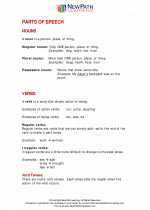
 Activity Lesson
Activity Lesson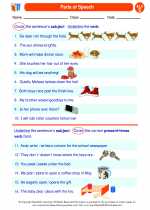
 Activity Lesson
Activity Lesson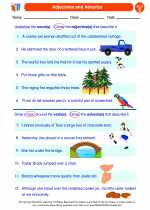
 Worksheet/Answer key
Worksheet/Answer key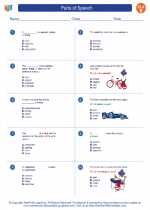
 Worksheet/Answer key
Worksheet/Answer key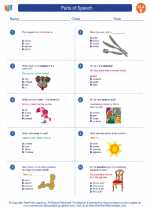
 Worksheet/Answer key
Worksheet/Answer key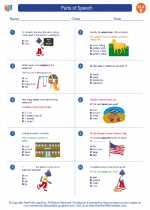
 Worksheet/Answer key
Worksheet/Answer key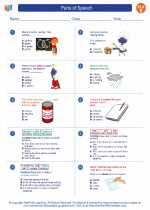
 Worksheet/Answer key
Worksheet/Answer key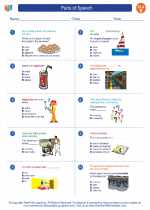
 Worksheet/Answer key
Worksheet/Answer key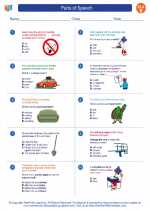
 Worksheet/Answer key
Worksheet/Answer key